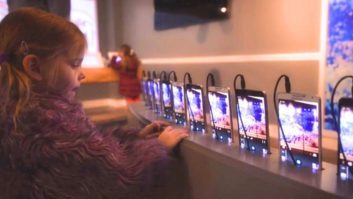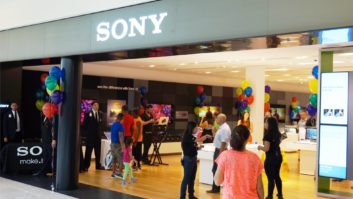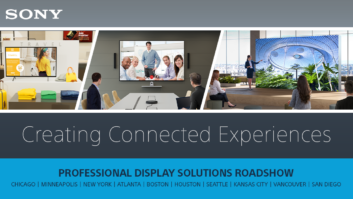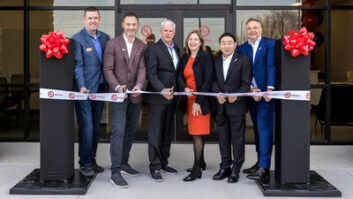BEVERLY HILLS, CALIF. — Sony will phase out eight of its remaining 10 company-operated Sony Stores, but will expand its retail footprint through the dealer channel by rolling out about 100 more Sony Experience in-store shops, according to Sony president Mike Fasulo.
The eight targeted Sony Stores will close over the next fiscal year, leaving only Los Angeles and New York locations.
The move comes amid continuing corporate losses and an A/V business restructuring, and follows the decision in January to shut all 14 remaining Sony Stores in Canada. It also essentially brings to a close a decadelong retail reign during which Sony became the 20thlargest CE dealer in the U.S.
But the company’s retail legacy will live on through its approximately 400 Sony Experience store-in-stores. The shops are in more than 300 Best Buy stores and nearly 100 showrooms run by other retail customers including Video & Audio Center, Bjorn’s, Starpower, P.C. Richard & Son, and ListenUp, Fasulo said.
The 100 or so additional installations will expand Sony’s use of dedicated retail space “to improve and expand our national footprint,” he said. Fasulo said many of the current store employees will be redeployed in the Sony Experience spaces.
Sony will also continue to train retail partners’ employees who will work exclusively in the dedicated Sony Experience spaces. “We train them. They are solely dedicated to Sony products, but our partners employ them,” Fasulo said.
The retail approach will primarily revolve around 4K. “Our Sony Experience spaces are built around highquality 4K content. We can demonstrate how we deliver the Ultra HD experience through content, devices, audio, gaming — the full capacity of 4K,” Fasulo said.
From a product approach, Sony will continue to focus on the premium end of the market, as it has done with its TV business, having recently signed on with the Azione Unlimited custom integration group (see story, p. 33). “Experience and demonstration is key, whether in brickand- mortar or in e-commerce,” he said.
The manufacturer began building out its U.S. store base in 2004, after testing showrooms in Beverly Hills and Costa Mesa, Calif. Unlike its flagship storefronts in New York, Chicago and San Francisco, which served to showcase Sony products in posh, high-traffic locations, the fledgling fleet of Sony Style stores was a standalone profit-and-loss operation, with its own management and merchandising teams.
The shops were initially designed as 4,000-squarefoot boutiques located in upscale fashion malls where Sony hoped to attract a new female customer base.
The chain reached its peak in 2008, when Sony operated 59 Sony Style stores, including a nationwide network of outlet-mall shops and a robust e-commerce site, which together generated nearly $1 billion in revenue.
By 2011 a confluence of events — the recession, the rise of Apple and Amazon, and a weakened TV market — had altered industry dynamics and Sony began its first round of store closures.
At the same time it developed a new retail format whose bright, open floor plan and live table-height displays once again emulated Apple’s fabled stores.
Sony feverishly remodeled its remaining store base into the new mold, while closing 11 locations in 2011 and 20 more in 2014, along with all of its outlet stores.













